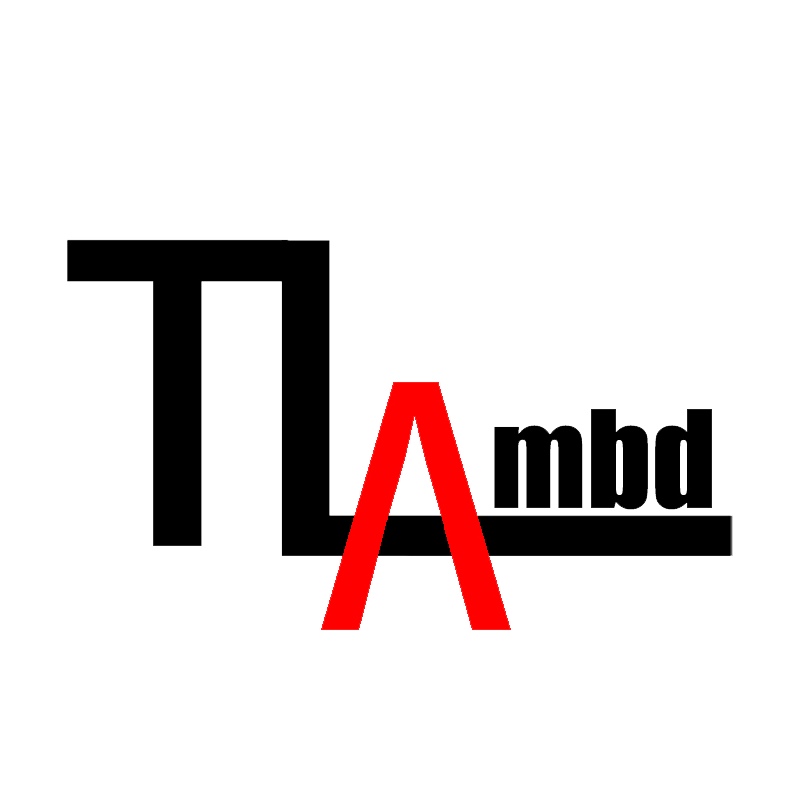CO₂ laser marking machine uses carbon dioxide mixed gas as the working material, and the core realizes marking through the conversion of "electric energy→laser energy → material action", and the principle can be briefly summarized as:
Laser generation: The electrical energy triggers the CO₂ gas mixture (CO₂ N₂ He) in the laser generator to glow discharge, causing the CO₂ molecules to transition to a high energy level. These molecules are stimulated to release photons, which are repeatedly reflected and amplified by the resonant cavity (lenses at both ends) to form a CO₂ laser with a wavelength of 10.6μm (high absorption rate for non-metallic materials).
Guided focusing: The laser transmission trajectory is accurately controlled by the galvanometer system (X/Y-axis motor reflector), and then converged into a very small spot (micron level) through the focusing mirror, greatly improving the energy density.
Material marking: High-energy spots act on the surface of non-metallic materials (such as plastics, paper, glass) to form permanent marks through vaporization (materials directly turn into gas to form depressions), carbonization (carbon containing materials decompose and leave carbon marks), or discoloration (changes in the molecular structure of special materials).
The control system synchronously controls the laser switch, power, and galvanometer movement throughout the entire process to ensure accurate and efficient marking.
Due to its high absorption rate, clear marking and no consumables for non-metallic materials (such as plastic, paper, glass, wood, etc.), the carbon dioxide laser marking machine is widely adapted to the needs of "product identification, traceability, and anti-counterfeiting" in multiple industries, and the core application industries and scenarios are as follows:
Packaging industry: production date, shelf life, batch number, traceability code (such as plastic bottles, cartons, aluminum foil bags, glass jars) of food/drug/daily chemical packaging to avoid ink pollution and meet environmental protection standards;
Electronic and electrical industry: parameter identification of electronic components (such as PCB board solder masks, capacitors/resistor shells), home appliance accessories (plastic buttons, shell LOGO), data cables/chargers, to meet the needs of fine marking;
Textile and leather industry: brand logos and washing labels (replacing traditional printing, friction resistance and non-fading) for clothing fabrics, luggage leather, and size/composition labels for daily necessities such as socks and towels;
Craft gifts and wood processing industry: pattern engraving, text signature of wooden ornaments, bamboo products, acrylic handicrafts, personalized marking of glass jewelry (such as crystals, wine glasses) to achieve fine texture presentation;
Medical industry: product numbers and sterilization marks of medical consumables (such as plastic parts of disposable syringes and infusion sets) and medical devices (silicone tubes, non-metallic handles of surgical instruments) to meet medical-grade environmental protection and traceability requirements;
Printing and paper industry: stamping replacement marks on the title pages of books and notebooks, logistics codes (e.g. QR codes, barcodes) on cartons/cartons, and personalized pattern marking on greeting cards and wrapping papers;
Tobacco industry: anti-counterfeiting codes and production batch identification of cigarette packaging boxes to meet the efficient marking needs of high-speed production lines to ensure product traceability;
Furniture and building materials industry: the brand logo and board specifications of wooden furniture, the model and production date of PVC pipes/profiles, and the texture and parameter marking of ceramic tiles to enhance product recognition.
Post time: 08-29-2025





